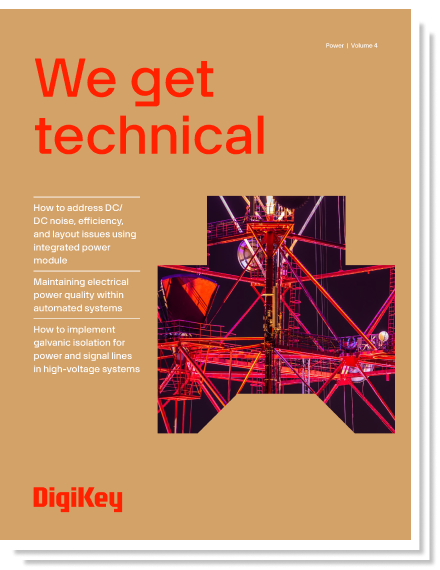Power
Volume 4
Power conversion has always played a major part in the electronics industry. Some of these applications include:
Phone charging: A power supply is needed to charge our phones, typically in the form of a wall adapter.
Automotive electronics: Vehicles have become more dependent on computer control that requires a clean power source, typically in the form of a DC/DC converter (or a “Voltage Regulator” if you are in that market).
Electrical utilities: When looking at the electrical utilities providers, there are electronics deployed at the micro and macro levels to monitor and control the grid.
As all of these applications change over time and as new applications emerge, the technologies behind power conversion have needed to evolve as well. Today, GaN and SiC semiconductors are playing a larger role in the evolution of power and are at the leading edge of advancements in power switching technology. These technologies are enabling gains in power conversion efficiency.
In a properly designed power supply, efficiency gains can mean a reduction in waste heat, which can reduce thermal stresses on components, which in turn can increase reliability. All of this can enable an increase in power density and a reduction in weight. In addition to the direct impact that efficiency can have on a power supply, many countries have enacted legislation around minimum efficiency levels. So, whether you are designing a power supply or just purchasing one, having higher efficiency power conversion can help to future proof your design.
Read now Download PDF
Read Magazine Articles
- Understand and apply supervisory ICS to avoid low-voltage power-up glitch headaches
- How to address DC/DC noise, efficiency, and layout issues using integrated power modules
- "Special feature: retroelectro March 16 – Ohm's Day"
- How to design effective power supply thermal management in industrial and medical systems
- Maintaining electrical power quality within automated systems
- How to implement galvanic isolation for power and signal lines in high-voltage systems
- How to use ensure electronic circuits and users are protected from excessive voltages, currents, and temperatures to IEC and UL safety standards







 中国
中国